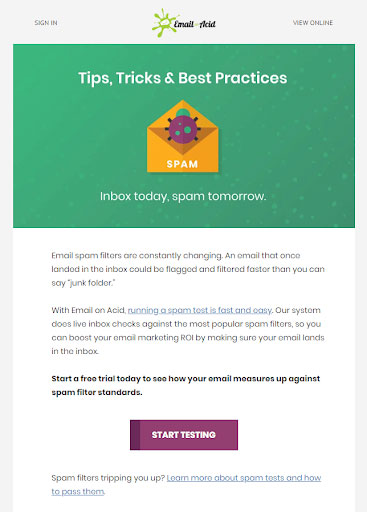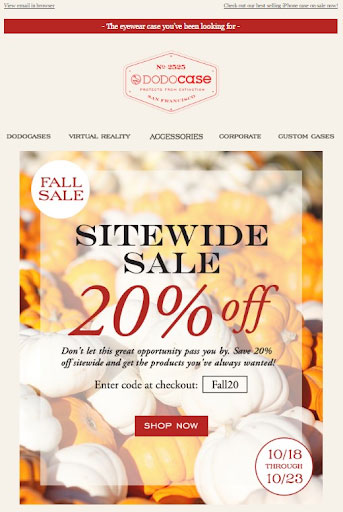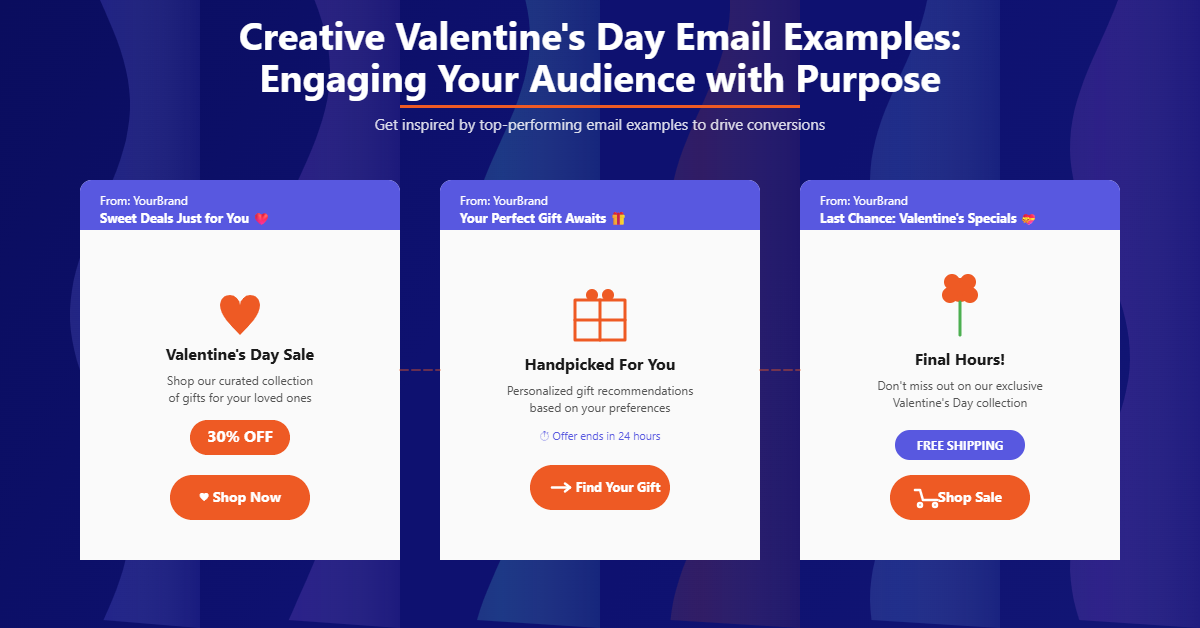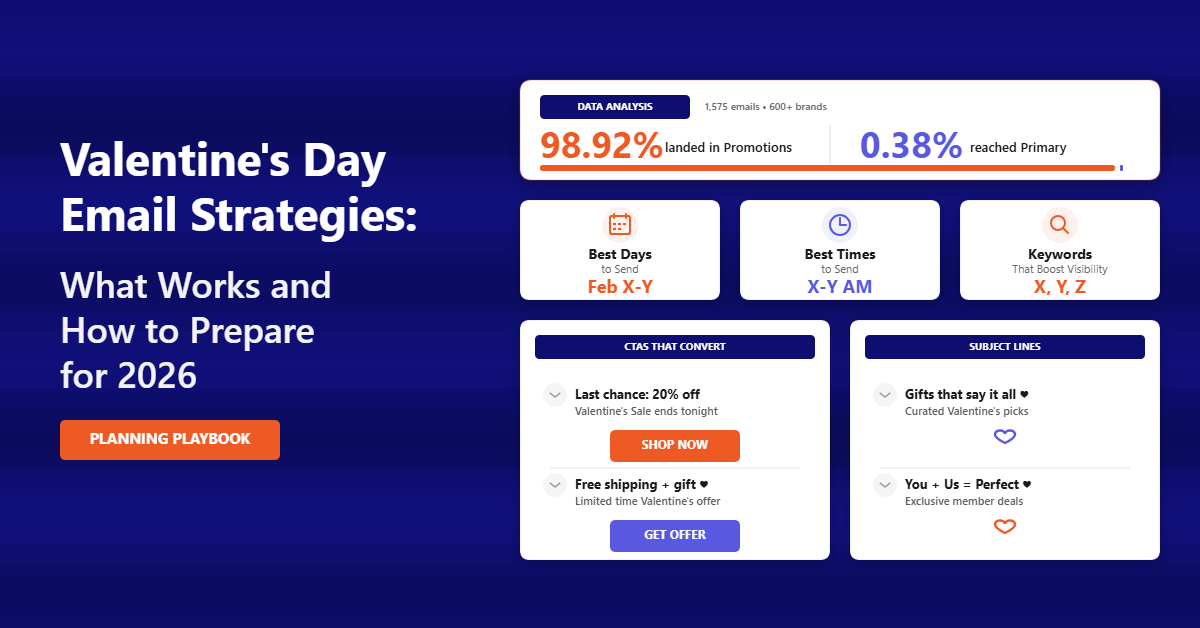Email marketing campaigns are probably the most popular format of online marketing. Both large corporations and small local businesses use it. However, not everyone can write an email copy that the recipient not only sees but wants to open and read to the end.
Email copy is different from social media copy or blog articles. Why? It’s all about the email itself as a communication channel. After all, the audience is much different there. This article tells you how to write email copy for email marketing campaigns.
The main things you need to know about email copy for email marketing campaigns
Email copy differs from other formats because it’s not specifically sought out. Email arrives in the mailbox most often unexpectedly, unlike social networks, when someone comes by themselves to read interesting things. And unlike searching for information on Google.
And even though people consent to the newsletter, emails are still further away from people than Instagram posts – even if it’s about the same company. Email marketing is a great growth marketing tool. So email copy needs to be more tangible, valuable, and fulfilling than other content people usually read on the Internet.
Define the target audience for your email copy
Before you write your email copy, ask yourself what you know about your email database. Knowing the names of some of the people in the database is not enough. To create email copy that will hook a cold or barely warm audience, you need to understand what the audience lives by.
For example, the company sells expensive products for children from environmentally friendly materials. Buyers are affluent parents who are willing to pay for safety. They hardly have time to read newsletters because they work a lot and their free time is spent with children. Therefore, the emails should be short. The content should clarify why these products are safer than toys from the mass market. A great assortment, great deals, and better quality are too generalized concepts not worth writing about in the email.
Before you write email copy for the email marketing campaign, find out the following:
- Who the reader is – age, gender, social status, place of residence
- What he/she doesn’t like – how your product can improve the reader’s life
- What are their values – what they spend their time and energy on, what hobbies they have, how they socialize, what they subscribe to, what they care about in life.
This will help you understand your audience and target their interests more precisely. And to be even more accurate, you should analyze your target audience, following all the precepts of marketing.
Determine the task your email copy should perform
Now ask yourself: why am I writing an email copy for email marketing campaigns? In general, the email copy for email marketing campaigns has 1 global objective:
- To sell a product. These emails always contain a link to buy a product or service. The email copy is usually short because it is important to hook a person and motivate them to buy quickly.
Inside an email copy, you can add a selection of products, a link to a discount, an overview of the product, or a special offer for a particular customer.
As an example, a company sells cleaning equipment. The answer to the question “Why am I writing an email copy for email marketing campaigns?” will not be “to sell a vacuum cleaner,” but “To show that the vacuum cleaner will save a person 2 hours a week to clean, and the floor will be disinfected.”
If an email copy is designed to truly benefit the client—making their life easier and more engaging—you’re writing with purpose. And just like with academic writing, when students search for help, they often look for trusted services where they can write my essay for me no plagiarism to ensure originality and quality.
Write structure for your future email copy
When writing structure for email copy, remember facts. They will form the basis of the email copy, for example, case studies, production information, reader stories, news, and research. All of this will fill the email copy with substance.
You must figure out how to assemble facts into an email, so the reader remains interested. For example, the structure can be voluminous:
- Introduction
- Thesis 1
- Thesis 2
- Thesis 3
- Conclusion
Around each point, write what it will be about in 1-2 sentences. However, you can create an email copy with a few paragraphs. But it’s essential to think through what will be written in it. Good writers know that the shorter the text, the harder it is to write.
Decide on the length of the email copy
The topic of email copy derives from the task. For the task “To show that an investment course is suitable for beginners” the topic could be “3 reasons why even students invest with us”.
Emails come up to people unexpectedly and sometimes seem like advertisements. Therefore, even if someone opens the message, he or she will still be skeptical: “Why did I get this? Why should I read it?”
If users see a text canvas, they won’t even start reading because they are too lazy to wade through the maze of words to find the meaning, especially if it’s an email from an unfamiliar company.
According to Aweber, the average length of an email is 434 words – a little more than an A4 sheet. Usually, the shorter the email, the more effective it is.
Here’s a simple but useful tip: focus on your audience. If you already have a warm database and your subscribers are loyal to you – the texts may be quite long. But if you’re just starting with the email marketing campaign, it’s better to write short, concise, and vivid emails is better.
Write the main offer at the beginning of the email copy
The email opening line is the first text of the email copy. It’s what either motivates a person to read on or to return. The email opening line should be as vivid as possible (not only from the design point of view) and contain the main idea of the whole email copy. Even if the user does not read the entire email, he or she will understand what you wanted to tell and what you offer.
As a result, the email opening line:
- Shows what the email is about
- Benefits the audience
- Leaves intrigue to make the user read further
The email opening line doesn’t have to be formulated first. It can be done after you’ve written the entire email copy. It is usually the method journalists use when writing news articles, reports, and long-form reports.
Write email content according to the structure
Expand each paragraph of the structure plan. A point from the structure can have one or more paragraphs. That being said, one point of structure = one thought.
Here’s what will help make your email copy writing more structured and tenacious:
- Subheadings if the copy is lengthy. They should make it clear what the paragraph will be about.
- Paragraphs no longer than 5-6 lines. The shorter the paragraph, the more is understood from the text.
- Short sentences. The fewer sentences with commas and dashes in the text, the easier it is to read. Break up long sentences into shorter ones.
- Emphasis. Highlight the important things in bold, make lists, and insert illustrations. So the user will always focus on something new, and it will be easier to finish reading.
Your email copy for the email marketing campaign should be easy to read. It is vital. A faster and convenient way to write email content is using Email Writer. You can input the structure plan into the tool, select the tone, and specify other requirements. The tool will provide email copy with short paragraphs, simple sentences, and balanced emphasis. Ultimately, it saves a lot of your time and effort.
Write the email copy conclusion
Conclusion is the last paragraph of the email copy where the summary is written. In email marketing campaigns, this is often a CTA – a button to go to the website, choose a product, or buy it.
Your email copy conclusion should be short. But even if your conclusion is short, it can get lost in the redundant words that make text incomprehensible and generalized. So after writing email copy for email marketing campaigns, reread it and remove:
- Stamps. These are trite phrases: best company, advanced technology, high quality, fast delivery. Give facts about the company, no value judgments. Instead of “fast delivery” write “delivery in 2 days”, and instead of “the best company” – “89% of customers buy from us the second time”.
- Clericality. These are words and phrases from the official business style: in accordance with the objectives, by virtue of, in order to, etc. They complicate the text. They can always be removed without compromising the meaning or replaced with “human” language.
- Fluff. These are introductory words, unnecessary particles, and pronouns: you, our, in general. In oral speech, you can use them, but in email copy, they obscure the meaning.
To find redundant words faster, you can turn to a special writing company that can assist you in writing email copy and improving it if it is already written. Over time, you will remember these words and use them less often.
Check the email copy for logic
After the “removal” of redundant words, the email copy will already be easier to read. But it is important that it was also logical. Without it, people will get lost and give up reading.
Check yourself with the logicality checklist:
- Email copy = one topic
- Paragraph = one subtopic
- Paragraph = one thought
- Paragraphs are connected to one another by meaning
- No sentences that do not make sense
- No facts that contradict each other
- No repetition
Check also the text yourself or run through services that show errors in words and punctuation marks like Grammarly.
Conclusion
For your email to be successful and produce results, ensure all the components are present in it and do not add anything unnecessarily. Remember that the simpler the email copy, the easier it is to understand and enjoyable to look at. Also, always analyze the email’s purpose to your readers so that you don’t write pointless and aimless emails mercilessly.









